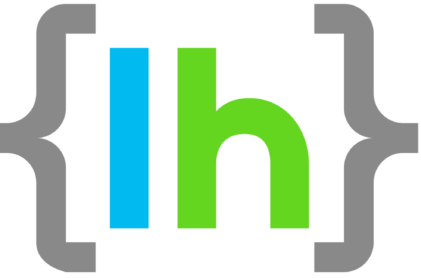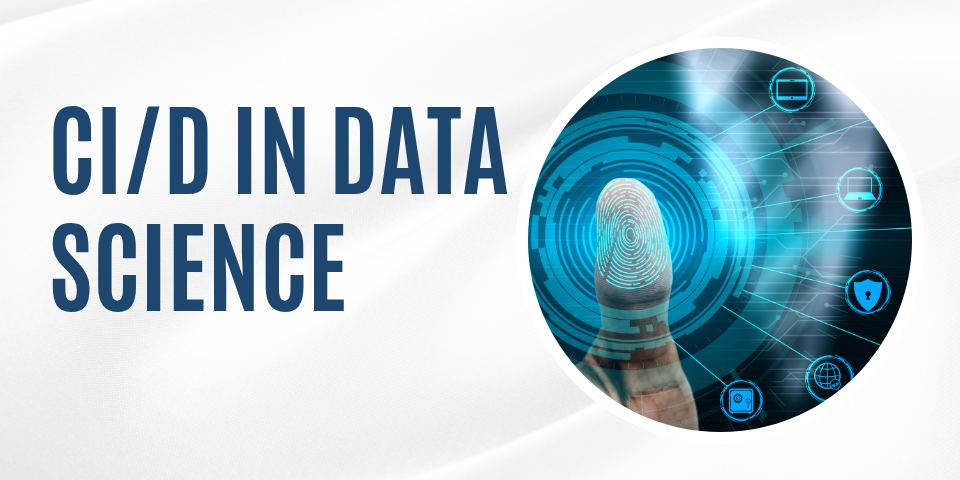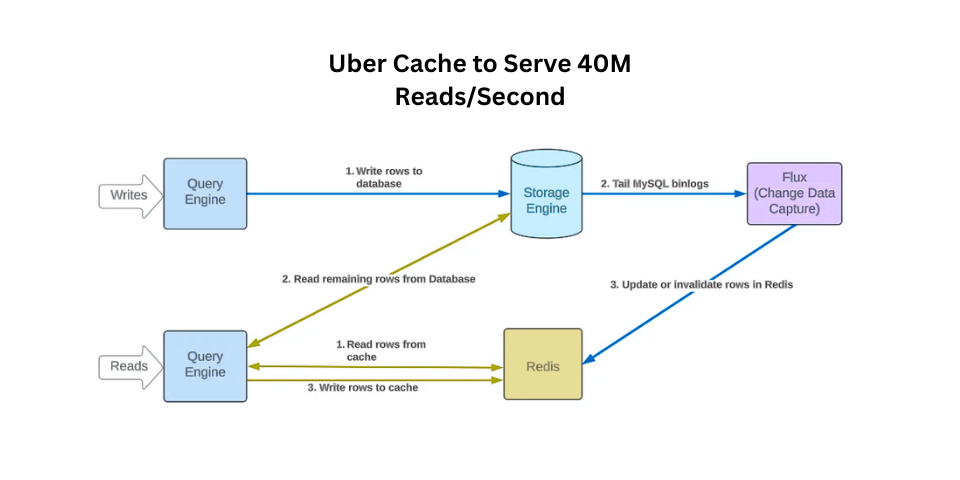Introduction
CI/CD in Data Science is a powerful software development practice that enables rapid and reliable model deployment through automation. Short for Continuous Integration/Continuous Deployment, CI/CD pipelines help streamline releases and improve product quality in data-driven projects.
This write-up describes how the concepts from DevOps could be applied to build CI/CD pipelines for data science projects more efficiently. Understanding CI/CD in Data Science CI/CD in data science refers to automating the integration of new code with getting machine-learned models tested before they are deployed into production. However, unlike classical software development projects, data science ones are data-driven; that is, changes in the data can affect the performance of a model.
How does CI/CD in Data Science work?
The main objectives also describe CI/CD in Data Science as one of the following points listed below:-
-Aiding automation in data handling and model training
– Reproducibility and version control assurance
– Assistance in the model validation and deployment process
Basic components of a CI/CD pipeline for data science, followed by deduced components
1. Version control system (VCS)Here, tools such as Git enable data scientists to track code, dataset, and actual model parameter changes. Built repositories allow collaboration and transparency across the team.
2. Automated testing data science testing involves:- Unit test functions with EXPORT quality data integrity checksTesting the baseline values of modelsTools like py test, Great Expectations, and DeepChecks make this process automatic.
3. Continuous integration (CI)In this CI, any change in the codebase is automatically tested and verified. The following actions should be performed while carrying out these actions:- Running linter (flake8) for Python scripts- Checking for installed dependencies and package compatibility Executing automated tests on the model and data pipeline. Generally accepted CI/CD systems are best installed in PHP, and the remainder in Python or Gradle.
4. Model training and tracking of experimentationBecause model training could be computationally expensive, it is also necessary to know which hyper-parameters algorithm was used upon completion of the CI/CD pipelines, using the tracking experimental tools such as MLflow, Weights & Biases, or DVC principles mega-lexicon to log all different model versions and hyperparameter settings.
5. Continuous deployment (CD)Once the model has been validated, the next step is to implement it for production. This can happen via:- Deploying through an API with the help of Flask, FastAPI, or TensorFlow Serving- Containerization using Docker and Kubernetes during deployment for great scalability- Serverless deployment with the help of AWS Lambda or Google Cloud functions. Monitoring with Prometheus and Grafana should be included in CD pipelines, in order to engage verification in production.
There are assuredly a number of processes connected with CI/CD.
Step 1- Version control: A well-structured Git repository built over development, testing, and production branches. DVC can be opted for large datasets and model tracking.
Step 2- Features of automated testing framework: Implement unit tests for data preprocessing scripts and evaluation criteria for models; perhaps PyTest and Great Expectations can validate whether the data are consistent.
Step 3- CI pipeline setup: Use a CI tool, such as GitHub Actions, GitLab CI/CD, or Jenkins, to automate code linting/style checks, validate dependencies, and run tests on data/model workflows.
Step 4- Get your model trained and set an automation: MLflow or Weights & Biases can be useful here for tracking model experiments. After that, create cloud-based training pipelines on AWS SageMaker or Google AI Platform.
Step 5- Deploy the Model: Containerize your model through Docker and deploy using Kubernetes or a cloud service such as AWS Lambda. Implement automated rollback mechanisms to revert to past models on performance drop.
Step 6- Monitoring and maintenance: Using monitoring tools to watch out for model drift, data anomalies, and check overall system health. Automate retraining workflows to keep the models updated with new data.
Challenges and Best Practices
-The challenges that were recognized can be summarized as follows: versioning of data: Ensure proper and satisfactory tracking for changes in datasets with the aid of DVC.
limited computational resources: use cloud infrastructure to develop scalable means of model training;
Reproducibility of model: Use experiment tracking utilities for recording model parameters & outcomes.
Best Practices
-Expose the model artifacts & data pipelines to version control
-Perform automation testing for MongoDB document site data pre-processing & model performance
-Use containers for maintaining decent deployment environments, and security techniques to secure against models and data.
Conclusion
CI/CD pipelines propel the development, testing, and deployment of model workflows in data science projects while ensuring consistency and reproducibility. By adopting the principles of DevOps, data scientists will be able to make collaboration easier, automate workflows, and properly deploy models in production settings. Adhering to testing and deployment best practices in versioning forges will determine the future fate of data science projects stemming from their real-world applications.
To learn CI/CD and Cloud Computing, visit LogicHook today



